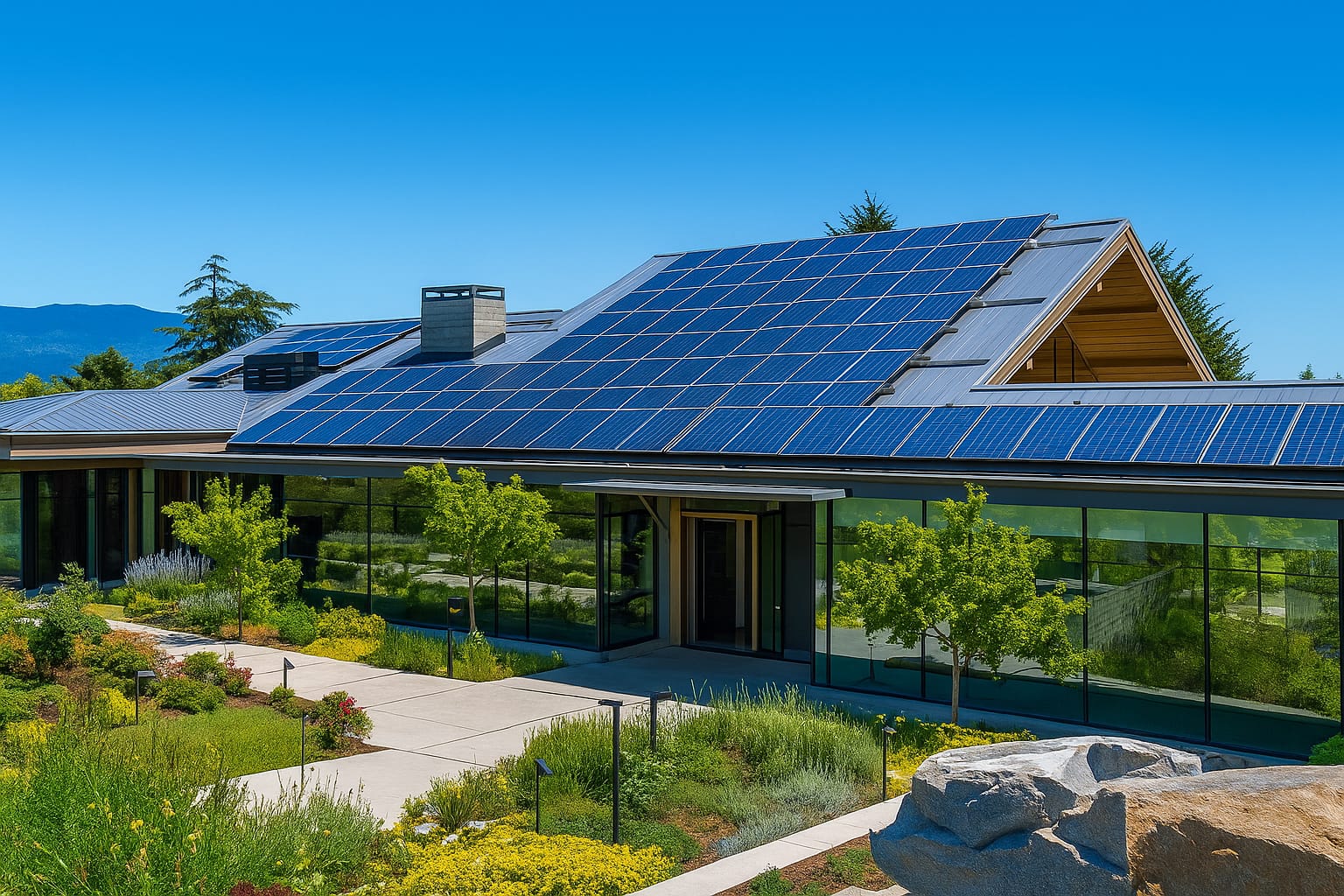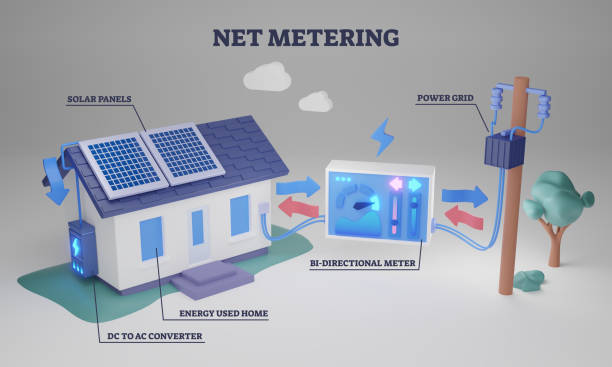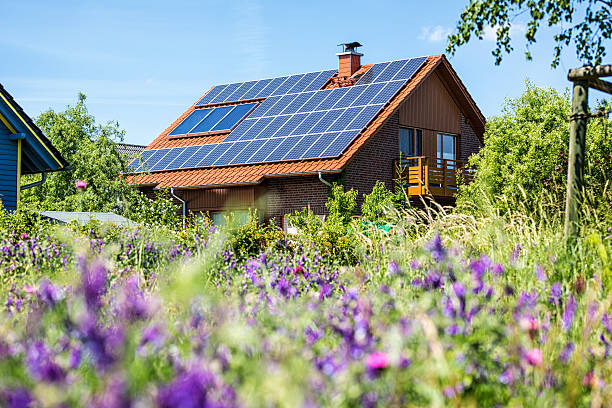Green Home Practices: Install Solar Panels
Transitioning to solar energy at home is one of the most impactful actions you can take to reduce your carbon footprint. This guide walks you through the benefits, process, and real-world impact of solar panels.

Why Solar Panels Matter
Solar panels allow households to generate clean energy, reducing reliance on fossil fuels. With rising energy costs and environmental concerns, solar offers a long-term solution for sustainable living.
How Solar Panels Work
Solar panels convert sunlight into electricity using photovoltaic (PV) cells. The electricity is either used instantly or stored in batteries for later use. An inverter converts the energy into usable AC power for your home.

Financial Benefits
- Lower electricity bills
- Tax incentives or government rebates in many countries
- Increased property value
- Return on investment within 5–8 years in most cases
Environmental Impact
Solar energy reduces greenhouse gas emissions, conserves water, and helps slow climate change. Every solar-powered home decreases the demand for energy from polluting sources.

Installation Process
The process begins with a site assessment to check sun exposure and roof angle. Once approved, a professional team installs panels, connects the system to the grid, and configures monitoring tools for efficiency tracking.
Maintenance Tips
- Clean panels every 6 months
- Inspect for shading from new trees or structures
- Monitor output using apps or meters
- Schedule professional inspections yearly
Real-World Success Stories
From suburban homes in California to rural villages in India, solar panels have helped cut energy bills, improve indoor air quality, and bring electricity to off-grid communities. Solar is changing lives across the globe.

Final Thoughts
Solar panels are more than just a trend—they're a critical tool in the fight against climate change. With their financial, environmental, and social benefits, they empower homeowners to lead a cleaner, more independent lifestyle.

